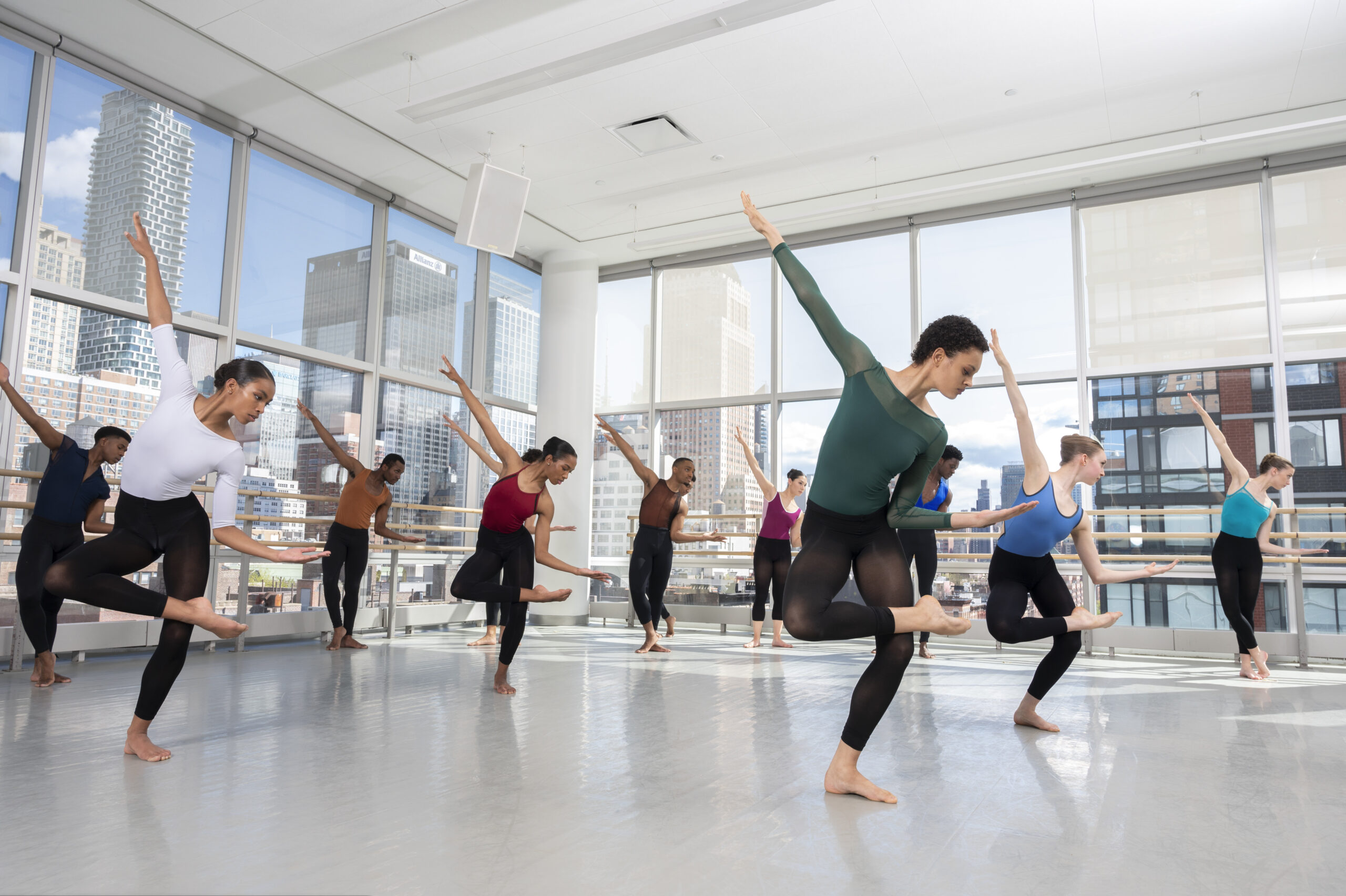Pre-Professional Pipeline—or Purgatory? Who Do Apprentice and Trainee Programs Really Serve?
For ballet dancer Megan Hug, landing a company job was a journey—but not an unexpected one. Last season, she was an unpaid apprentice with Canyon Concert Ballet in Fort Collins, Colorado; before that, she paid tuition for three years as a trainee at BalletMet in Columbus, Ohio, and for one year in the Professional Division at Nashville Ballet. Now she’s an artistic associate with Canyon Concert Ballet—her first paid contract.
Dancers of previous generations would often join companies in their mid- to late teens. These days, directors of ballet, modern, and contemporary troupes are looking for a greater level of maturity. “Technique has developed so much that dancers need to train more to make it,” says Dr. Maria Torija, BalletMet’s academy director. “Also, you have to be psychologically ready for the pressure of a company setting. Adding two or three years in between makes a big difference.”
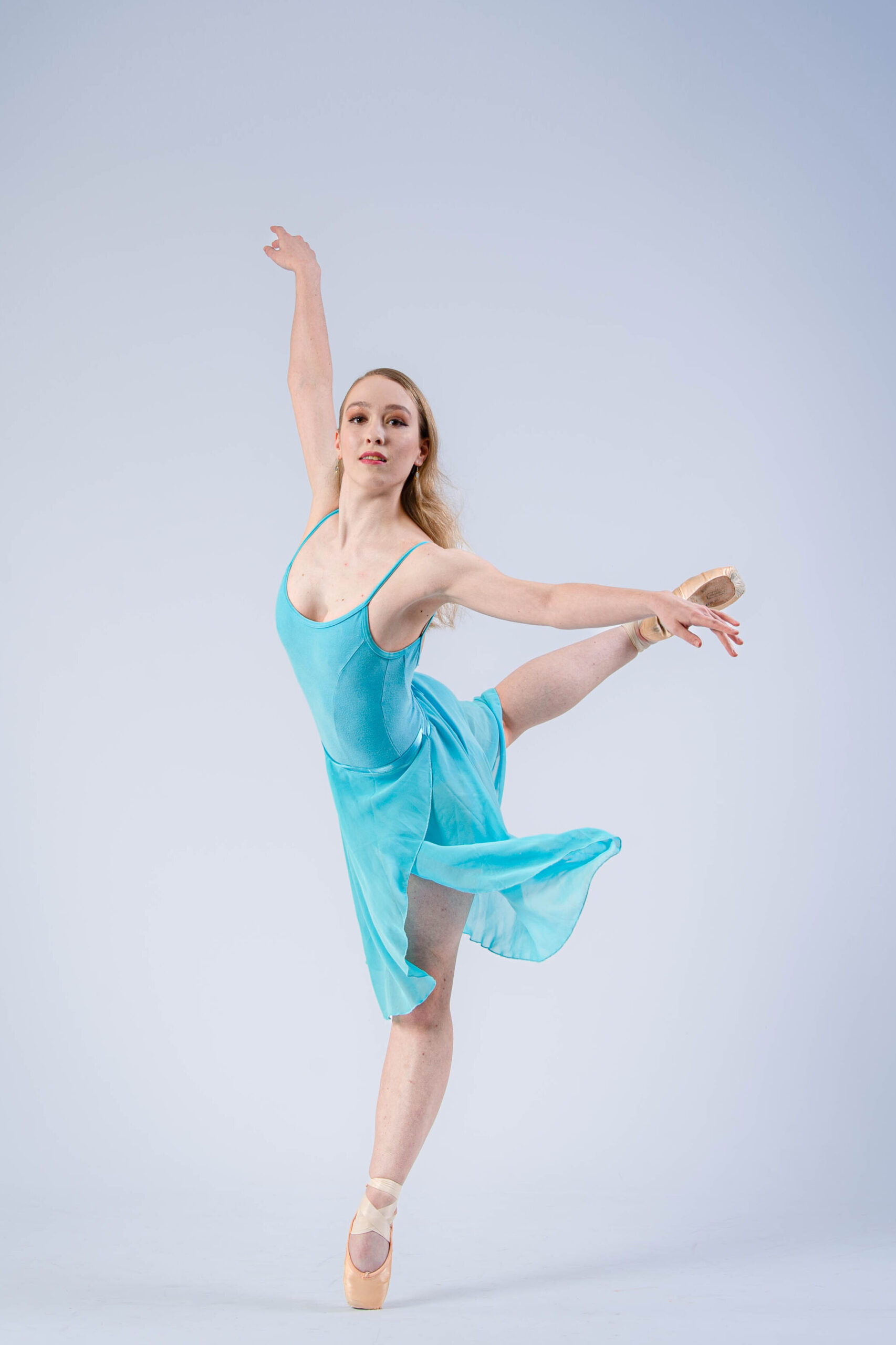
Hug believes she benefited from her trainee years. At the same time, she describes the network of dance trainee programs, apprenticeships, and second companies as “a very tight funnel” that frequently does not result in a permanent job. Even the most talented dancers can end up paying for traineeship after traineeship in the hopes of one day landing a paid position. “It may be unintentional,” she says, “but it feels like they lead a lot of us on.”
The tight funnel isn’t the only roadblock. As trainees and apprentices, dancers may perform on professional stages for years without being compensated. Not everyone can afford to work for free—much less to pay for the privilege.
How can aspiring professional dancers navigate this complicated phase of their careers? According to the experts, the key is identifying programs that nurture young dancers without taking advantage of them.
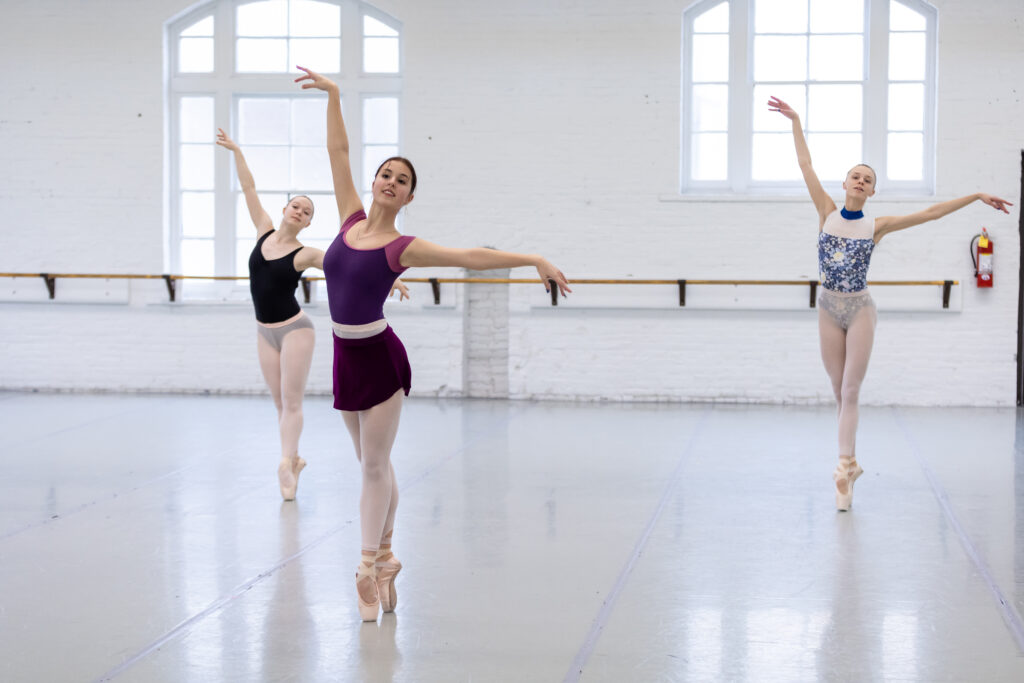
What Does the Pre-Professional Pipeline Look Like?
Because they’re intended as a transitional space between student and professional life, most trainee and second company programs cater to dancers ages 16 to 22. While they have commonalities—a rigorous schedule, a variety of performance opportunities, and some level of access to the main company and its leadership—no two are alike.
What you’ll be performing is a big piece of the puzzle. Torija says you might do “corps roles in professional settings and soloist parts in academy settings,” as well as working within your own cohort. Performing with the main company is huge, but it’s usually not guaranteed. Students may be selected at the rehearsal director or artistic director’s discretion, and certain seasons won’t offer as many opportunities. “If a company is doing Swan Lake, you might get onstage for that,” says Angelina Sansone, a ballet instructor at University of North Carolina School of the Arts in Winston-Salem. “But what if the rep is all small ballets?”
Some places also offer mentorship opportunities. At Ailey II, artistic director Francesca Harper loves advising her dancers on career-building. “We help with things like getting headshots and reaching out to directors,” she says. “I also invite company directors to watch our rehearsals, to begin cultivating relationships that can lead to placements in those companies.”
Sansone wishes all pre-professional programs would provide the practical guidance she gives her college students. “Financial literacy, resumé-building, how to self-promote—those years should be almost like a mini degree,” she says. Unfortunately, that level of attention may be hard to come by, since trainee programs can be quite large. “As much as the directors say they want to help,” Hug says, “they may not have the time.”
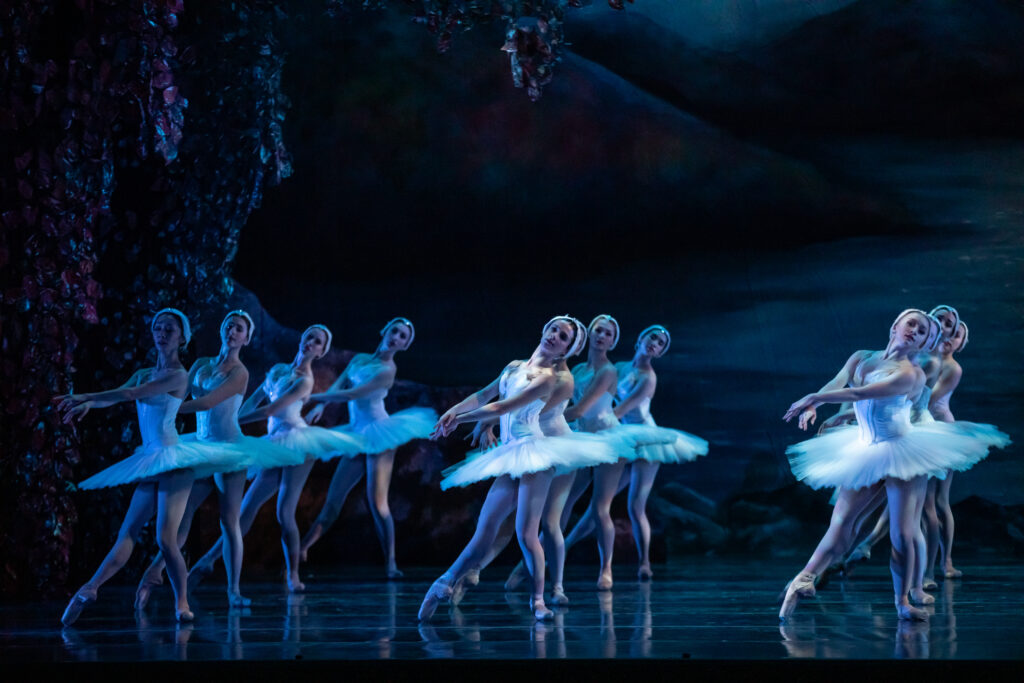
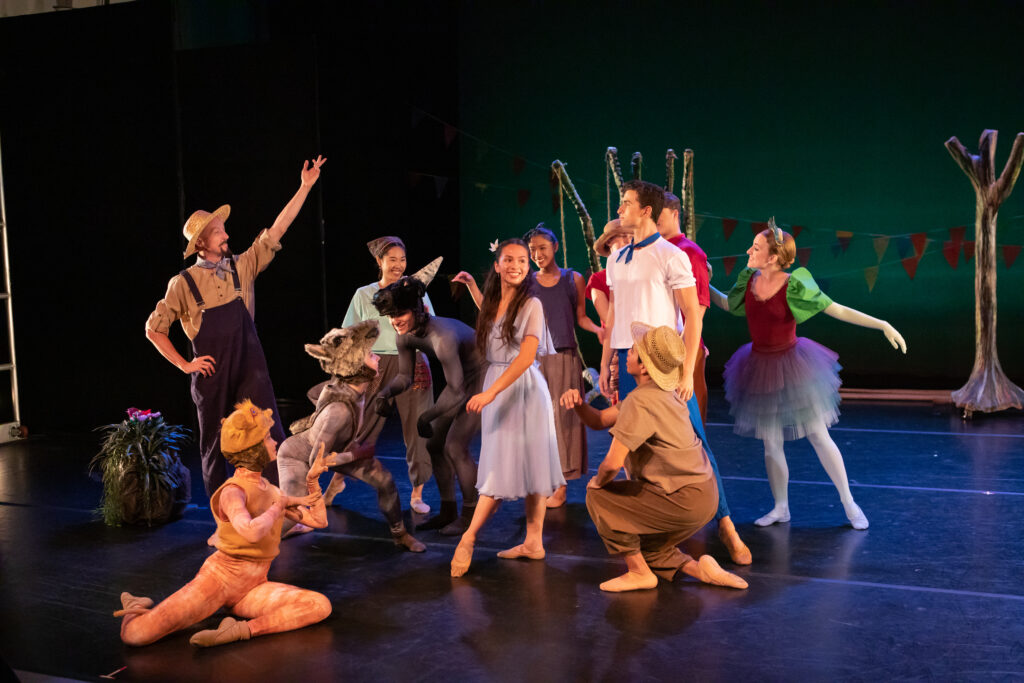
Are You Paying—or Getting Paid?
Most traineeships charge tuition. (Ballet Austin’s Butler Fellowship Program, which is fully endowed, is an exception.) Most second/studio companies involve paid contracts. (One exception here is Houston Ballet II, which is tuition-based and under the umbrella of Houston Ballet Academy.) Apprenticeships can go either way. Ailey II’s apprentices have been paid since 2021, when Harper came on board. “Apprenticing, to me, equates to being a swing on Broadway,” she explains. “You have to be ready to be thrown onstage. It’s a challenging skill to learn, but it can prepare you for a job.”
Joining an unpaid or tuition-based program may mean relying on your family or applying for scholarships. You might also need to get a side job. Ask up front how much free time—and freedom—you’ll be given. Many ballet programs fill dancers’ days, while the Professional Division at The Taylor School is structured as a series of morning classes and à la carte opportunities. “There’s an understanding that our students are working with other choreographers or companies, or in other industries,” says Michael Novak, artistic director of Paul Taylor Dance Company.
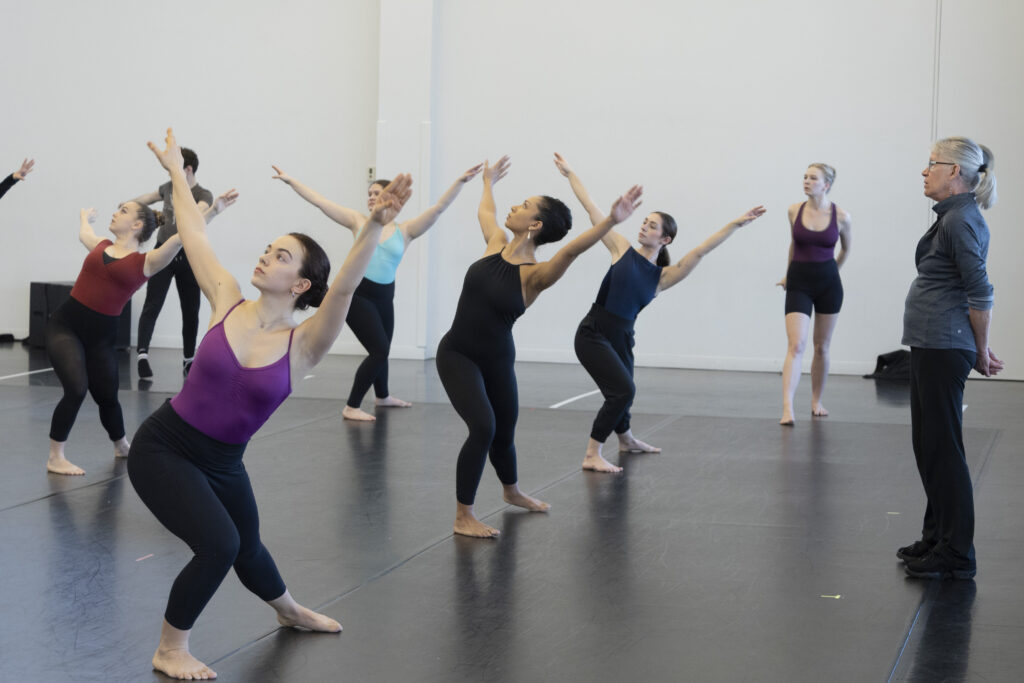
When compensation does enter the picture for pre-professional dancers, the amount can vary widely. You might receive free pointe shoes for shows. Some companies pay trainees when they perform with the main company. Others offer a weekly stipend to second company members.
As an apprentice with Saarländisches Staatsballett in Germany, Zara Beattie was paid a living wage. “We have government funding here,” she says, adding that she received free shoes, hair products, and makeup, as well as a gym membership, access to a sauna, and physio treatments. Dancers in the U.S. are unlikely to be so lucky. For instance, Colorado Ballet’s website states, “Studio Company positions are paid part-time, minimum wage”; most dancers have additional part-time jobs. CB’s site continues, “The importance of other financial support from family, a savings account and sound budgeting skills […] cannot be downplayed.”
What does all of this mean for equity and access within the dance world? When trainee programs first started becoming more popular, Sansone recalls “a definite shift in the wealth of who could participate.” But some organizations are course correcting.
Last year, Atlanta Ballet eliminated its apprentice level, with dancers instead starting as full company members. Oregon Ballet Theatre’s new artistic director, Dani Rowe, is aiming to end low-paid apprenticeships there by 2030. Ballet Austin’s Butler Fellows study tuition-free and receive stipends during Nutcracker; associate artistic director Michelle Martin hopes to one day provide even more financial support, due to the rising cost of living in Austin. Making the program more accessible by removing obstacles for dancers from different socioeconomic backgrounds, Martin says, is a priority for her and Ballet Austin artistic director Stephen Mills.

Making the Most of It
Trainee programs and second companies are cogs in the larger machine of a dance organization. Yes, they prepare dancers for professional life, but that’s not their only function. Studio companies can tour and perform in venues that can’t accommodate main companies. Pre-professional dancers can support the main company onstage as well as in outreach initiatives, which are important when organizations are applying for grant support. Trainees’ tuition payments are vital in a time when many arts institutions are struggling.
Those factors can lead to dancers feeling like they matter more to an organization as sources of income and free or cheap labor than as artists and human beings. And yet, getting a job in concert dance without first passing through a trainee program or studio company can feel close to impossible. So how can you make the most of your pre-professional training years?
“Think of how you can use the system best—because they’re going to use you,” Sansone says. Research what each program offers aside from the promise of a company contract. What skills will you hone? What choreographers will you work with? Where do alumni dance afterward? Dig deeper than the company’s website and social media. Reach out to dancers who have been through the program or are there now.
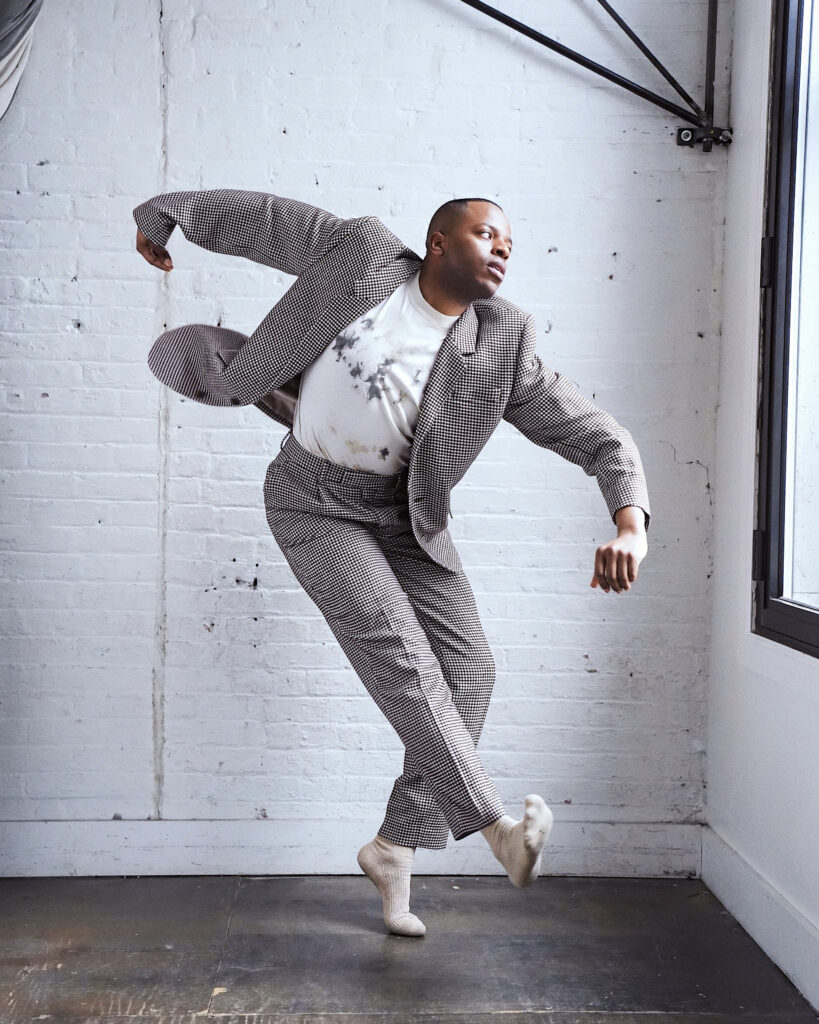
While in the Ailey/Fordham BFA program, Antuan Byers dreamed of dancing with Alvin Ailey American Dance Theater. He made it as far as Ailey II. “I realized that Ailey II wasn’t just a means to get to the main company. It was an experience all on its own,” says Byers, who is now a dancer, model, and founder and CEO of Black Dance Change Makers. “I got to tour. I worked with great choreographers. I was part of the Ailey legacy. You can’t be so focused on what’s next that you’re not appreciating this moment.”
Above all, “Don’t get stuck in the pipeline, because the pipeline might not work,” says Byers, who also serves as the dancers vice president of the American Guild of Musical Artists. “It’s a mindset shift. Whether or not you get a main company contract, you should be taking class every day, taking feedback, building relationships, finding mentors—those things don’t change. You can leave this experience and go anywhere.”
